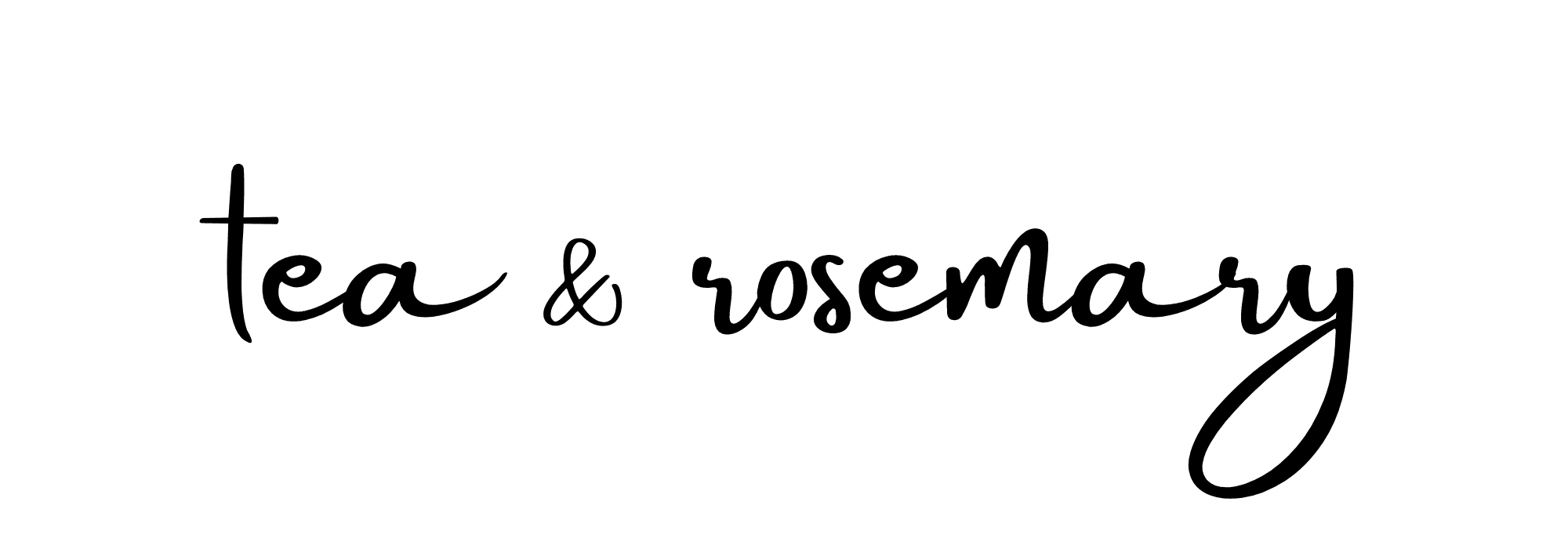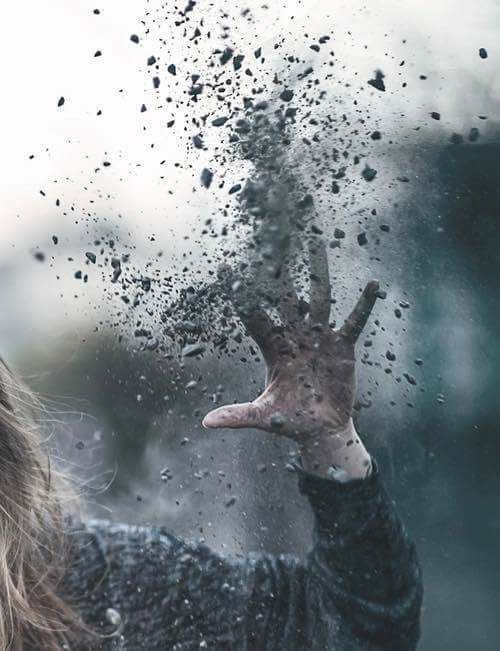Whether you’re a beginner witch or a high-level occultist, you probably know that there are different types of magic at your disposal. And many of these types of magic serve different purposes, so it can be helpful to know about each.
Here I’m going over the top types of magic and types of spells you can cast, all the way from simple jar spells to complicated ceremonial magic.
Low Magic (Folk Magic)
Low magic is the kind of magic that most people are familiar with. It is the sort of magic that you see in movies and television shows. Low magic is usually used for simple things like finding a lost object or making someone fall in love with you. It doesn’t require a whole bunch of knowledge of associations.
Low magic, also called folk magic, is the type that peasants have performed for centuries. It is simple, practical magic designed to help with the problems of everyday life. It often involves the four elements or the natural world in some way. Low magic means that you’re working with the natural forces around you to alter or change something subtly. You’re not trying to create something new or destroy something (as with high magic), but you’re just directing or nudging the energy in a slightly different direction.
Examples of folk magic include simple candle spells, jar spells, herbalism, charms, and mojo bags.
In Harry Potter terms, low magic would be the simple charms that they use to make daily life easier.
High Magic (Ceremonial Magic)
High magic is the stuff of the occult, of secret societies. It’s the kind of magic that gets big, major results, but it also takes a lot of work to learn and truly understand. In ceremonial magic, occult teachings such as Thelema, Enochian magic, the Kabbalah Tree of Life, and other occult philosophies are typically incorporated. This means that you must be a lifelong student of the occult to get ceremonial magic right.
Some of the biggest occult names, such as Aleister Crowley, were high magicians. Often, high magic is incredibly secretive and can be developed by secret societies such as The Golden Dawn. And while students can technically pick up a book written by an occultist and perform a high magic ritual, I think it’s much better if you spend the time to learn the principles yourself before doing a ritual you don’t totally understand.
In Harry Potter, the Horcruxes represent high magic: extremely complex spells that alter reality. High magic is often very secretive and requires a lot of knowledge to perform correctly.
Want to learn more about high magic rituals and occult initiation? Check out the Tea & Rosemary Patreon here.
Now that we’ve gone over the basic differences between high and low magic, I’ll discuss some more specific types of magic. Most of these types of magic can fit into low and high magic categories, and some are both.
Enochian Magic
Enochian magic is a form of high magic because it is ceremonial. It is a system of magic developed (technically rediscovered) in the late 1500s by Dr. John Dee and Edward Kelley, occult consultants of Queen Elizabeth I.
Enochian magic is a powerful, ancient system that enables the ascent to God through opening portals to heavenly realms. Many modern magic systems, including the Golden Dawn, are derived from Enochian magic, established by the biblical prophet Enoch. Angels later communicated the same knowledge and wisdom to Dr. John Dee, an astrologer at the court of Queen Elizabeth I, in the 16th century.
Enochian magic is used to summon and communicate with angelic beings. It can also be used for protection, healing, and other purposes.
Chaos Magic
The idea of chaos magic is to use whatever ideas and practices are helpful to you at the moment, even when they contradict previous ideas and practices. This means you can use virtually any types of magic/magical system at any moment. All that matters is what is useful.
I also find that chaos magic can mean harnessing the chaos in the world around you and directing it towards a purpose. It doesn’t matter how you do this, but it only matters that you capitalize on the world’s chaos to achieve your end goal. Chaos magic can be both low or high magic, folk or ceremonial. In my personal experience, chaos magic just means that you recognize you live in a chaotic universe and use that chaos to fuel your intentions.
Chaos magic is a very practical form of magic. It can be used for anything from improving your health to manifesting your dream life. You’ll find that chaos magic typically stems from the realms of the Qliphoth, though it can be used in everyday 3D life, too.
Sympathetic Magic
Sympathetic magic has nothing to do with actual sympathy but is a type of magic that relies on the principle of “like attracts like.” This means that you can use objects to represent people or things in order to influence them.
For example, if you want to hex someone, you might use a voodoo doll. Your ritual must include connecting the doll’s energy to the person to create a link. Then, anything you do to the doll is also (metaphorically) done to the person. If you want to heal someone, you might use a magical talisman. If you want to increase your strength, you might use a magical charm.
We call this type of magic “sympathetic magic” because of the link between the person and the item. Sympathy implies that you feel bad for someone else and can put yourself in their shoes. By using this type of magic, you’re doing the same thing between the person and the object; once linked, you can cast your spell on the object (positive or negative) and expect that energy to translate through the link to the person.
Sympathetic magic is often seen as low magic because it is relatively easy to do and doesn’t require much knowledge or skill. However, it can also be used in high magic rituals.
Left-Hand Magic and Right-Hand Magic
In some magical traditions, there is a distinction between “left-hand magic” and “right-hand magic.” This refers to using magic for self-serving purposes (left-hand) or altruistic purposes (right-hand). Some people believe that left-hand magic is inherently evil because it is used for selfish reasons, while right-hand magic is good because it is used to help others.
However, this is not always the case. It is possible to use left-hand magic for good and right-hand magic for evil purposes. It all depends on the intent of the magician.
Other magicians see the left-handed path as the path of destruction, while the right-handed path is that of creation. But then it follows that the right-handed path can be used to create something harmful (which is inherently negative). And similarly, the left-handed path can be used to destroy something harmful, to stop it from hurting others (which is inherently positive).
In my opinion, it’s important to know about both paths. I believe that they represent the top of the Kabbalah Tree of Life (the right-handed path, which is creative and masculine in nature) and the bottom of the tree (the root system or Qliphoth system, the left-handed path, which is destructive and feminine in nature). To truly understand the Universe, one must fully comprehend both paths and integrate them into one being.
Left-handed magic is also called black magic, while right-handed magic can be called white magic. I personally think that these are dualistic and harmful ways of thinking because they limit your potential. I would encourage you to learn more about both paths to figure out what parts of each fit you.
Alchemy:
Alchemy is a type of magic that is all about transformation. It is the art of turning one thing into another, often using chemicals and laboratories. In the past, alchemists were able to turn lead into gold.
Nowadays, alchemy is used more for personal transformation. For example, you might use alchemy to change negative thinking into positive thinking. Or you might use it to turn your fear into courage. Alchemy works on a cellular level but the process is often linked to the energetic body, too.
Alchemy is a very powerful type of magic but can also be dangerous if not used correctly. This is because alchemy deals with powerful emotions and energies. And once something is “changed” it isn’t an instantaneous process to change it back.
Often, Alchemy is important during initiation processes. The idea is that occult initiation alchemizes your body. As the reality around you appears to change, so is your body at a cellular level.
Hopefully, this gives you a broad overview of the different types of magic. There are many more subtle types of magic, such as jar spells, candle spells, etc., but most of those fall under one of these categories. I recommend starting with a category you’re interested in and going from there!


